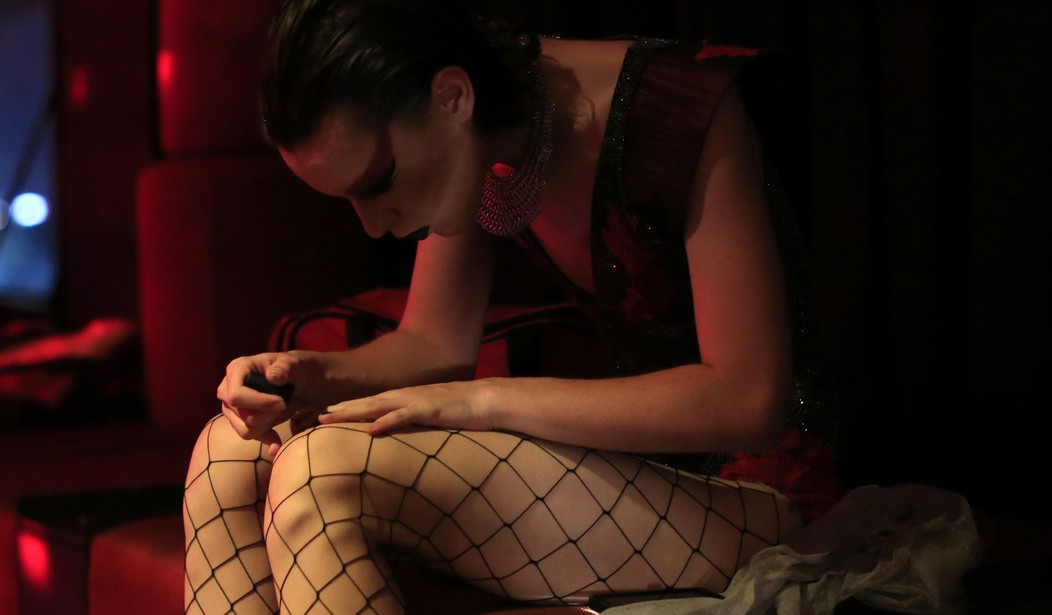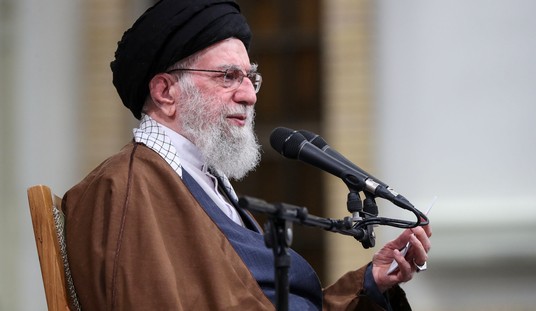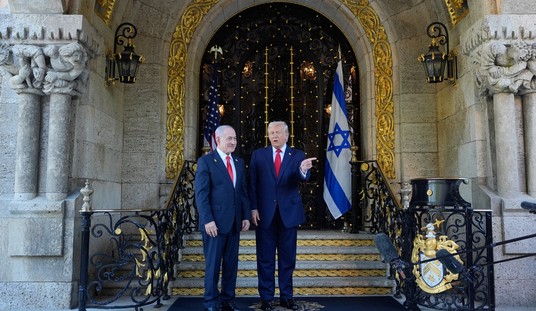The subject of queer theory came up not long ago when Florida rejected the College Board’s new Advanced Placement African American Studies course. One of the reasons cited by the state’s education board and Gov. Ron DeSantis was the inclusion of queer theory in the curriculum. They argued that this was an effort to insert far-leftist ideology into the course instead of focusing on African American history.
But this is just the latest time the issue has been debated on the national stage.
There has been a nationwide backlash against the efforts to inject progressive ideology on race, gender, and sexuality into K-12 classrooms. Many view this as an initiative to indoctrinate young children into embracing far-left ideas – largely without their parent’s knowledge or consent.
There have been several ways progressives have tried to introduce elements of queer theory to children. One of these, which I wrote about recently, is the push to have children attend events featuring drag queens. An example is Drag Queen Story Hour, where drag queens read stories to small children. Another is the rise of drag queen shows for kids.
Conservatives and libertarians have been vociferous in speaking out against the infusion of progressivism being injected into schools. But if we are going to push back effectively against these ideas, it is important to know exactly what it is we are opposing.
So, what is queer theory? I took the time to read up on it so I can explain it to you, dear reader. You can thank me later.
Queer theory is an interdisciplinary field of study that emerged in the late 1980s and early 1990s, primarily in response to the limitations of traditional lesbian and gay studies. It draws on a range of academic disciplines, including philosophy, sociology, psychology, and cultural studies. Similar to Critical Race Theory(CRT), it is a theoretical framework that seeks to examine and challenge the social, cultural, and political constructions of gender and sexual identity.
It is particularly concerned with the experiences of people who are marginalized or excluded from dominant cultural narratives, including LGBTQ+ individuals, people of color, and people with disabilities. By promoting a more inclusive and diverse understanding of gender and sexuality, queer theory ostensibly aims to create a more just and equitable society for all people.
The term “queer” is used to describe any non-normative identities, practices, or desires. Queer theory is interested in the ways in which these non-normative aspects of identity intersect with other forms of marginalization, such as race, class, and religion. The central goal of queer theory is to deconstruct the dominant cultural narratives that construct gender and sexuality as binary categories – male/female and heterosexual/homosexual – and to create a space for more fluid and complex understandings of these identities.
Queer theory espouses a number of different concepts related to gender and sex and how society views both.
For starters, proponents of queer theory contend that like race, gender and sexuality are social constructs and not fixed attributes. A queer theorist would argue that identity is multiple and intersectional, meaning that people can hold various shifting identities that can differ and change across time, space, and context. It can be influenced by cultural background and life experiences. Sexuality functions in much the same way.
Another queer theory concept is related to the “Performativity of Gender,” according to LGBTQ Nation. The author explains that gender is more of a set of behaviors instead of innate characteristics. Philosopher Judith Butler approaches gender as “performatively constituted by the very ‘expressions’ that are said to be its results.” The repetitive performance of certain normal behaviors leads to the assumption that “heteronormativity” is ingrained in our nature, meaning that anything outside of that paradigm, i.e. homosexuality, is considered deviant.
Queering is another important concept in understanding queer theory. In this context, the term “queer” transform from an adjective to a verb. Queering in this context refers to interpreting something from a position of questioning traditional categories of gender and sexuality.
You have probably heard the term “intersectionality.” It’s a concept that is also important to understanding queer theory. It is a recognition that gender and sexuality intersect with other forms of identity and marginalization, including race, disability status, and other traits. This means people of certain identities are oppressed depending on the intersectionality of their identities.
Lastly, but not surprisingly, queer theory is heavily focused on activism. Proponents view resistance and activism as essential to promoting social change and challenging oppressive norms and power dynamics. It emphasizes the importance of collective action and the power of subversive and creative forms of resistance.
Overall, queer theory is intended to offer a radical and intersectional approach to understanding gender and sexuality. It seeks to challenge oppressive social norms, create space for more diverse and complex forms of identity, and advance social justice for LGBTQ+ people and other marginalized groups.
While some tenets of queer theory might be worth considering, the way it has been used has elicited concern – especially when it comes to how it is being presented to small children. These concepts that more appropriate for discussion in colleges and universities – with various viewpoints being acknowledged and debated.
Unfortunately, progressives are using queer theory more as an apparatus to condition and indoctrinate young minds into ignorantly accepting far-leftist orthodoxy. Folks pushing this in K-12 schools are not trying to educate children, they are attempting to influence young minds into having a more left-leaning worldview. The movement to stop these machinations must focus on ensuring these people are not able to use this ideology to indoctrinate children and limit this theory to where it belongs: Higher education.













